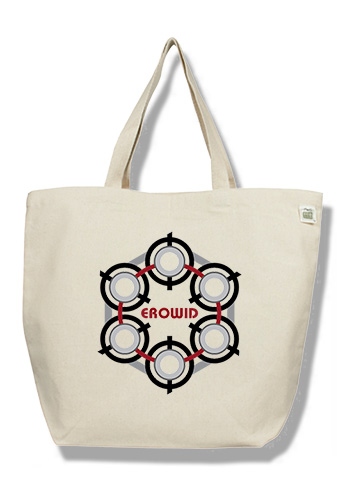Marijuana Myths, Claim No. 1
MARIJUANA USE IS INCREASING AT AN ALARMING RATE
Reports of a recent slight increase in marijuana use, especially among youth, are being used to convince Americans that a renewed campaign about the drug's dangers is necessary to avert an impending epidemic.
THE FACTS
According to government surveys of the general population, marijuana use began decreasing in 1980, after more than a decade of steady increase. By 1990, the downward trend showed signs of slowing, but use-rates remained substantially lower than those recorded in the 1970s.
For example, among 12-17 year olds, past year marijuana use was about 8% in 1992, compared to 24.1% in 1979. Among 18-25 year olds, past year use was 23 % in 1992, compared to 46.9 % in 1979. 5A separate survey of high school students shows similar trends, with use-rates in the 1990s well below those reported in the 1970s. However, after reaching an all-time low in 1992, they increased slightly during the next two years.
Lifetime Prevalence of Marijuana
High School Seniors, 1976-1994 6
| 1976 | 1978 | 1980 | 1982 | 1984 | 1986 | 1988 | 1990 | 1992 | 1994 |
| 52.8 | 59.2 | 60.3 | 58.7 | 54.9 | 50.9 | 47.2 | 40.7 | 32.6 | 38.2 |
The High School Survey was originally conceived by the National Institute on Drug Abuse (NIDA) as a measure of non-pathological drug use. This is still what it measures.
Adolescence is a time of experimentation, with drug use as well as other activities. Most adolescent drug users do not go on to become "drug abusers." Indeed, most adolescent drug users, after a few years of experimentation, cease using illegal drugs altogether.
We will probably never know why marijuana use-rates go up and down over time. However, it is worth noting that the recent increase occurred among the same population of young people who had been exposed to a decade-long anti-marijuana campaign in the schools and the media. That campaign, based on exaggerations of marijuana's harms and a "just say no" ideology, has clearly failed. 7
Young people, and Americans generally, need to know the scientific evidence about marijuana if they are to make informed decisions about both their own drug use and the future of American drug policy.
| Intro | ||||||
| Claim #1 | Claim #2 | Claim #3 | Claim #4 | Claim #5 | Claim #6 | Claim #7 |
| Claim #8 | Claim #9 | Claim #10 | Claim #11 | Claim #12 | Claim #13 | Claim #14 |


